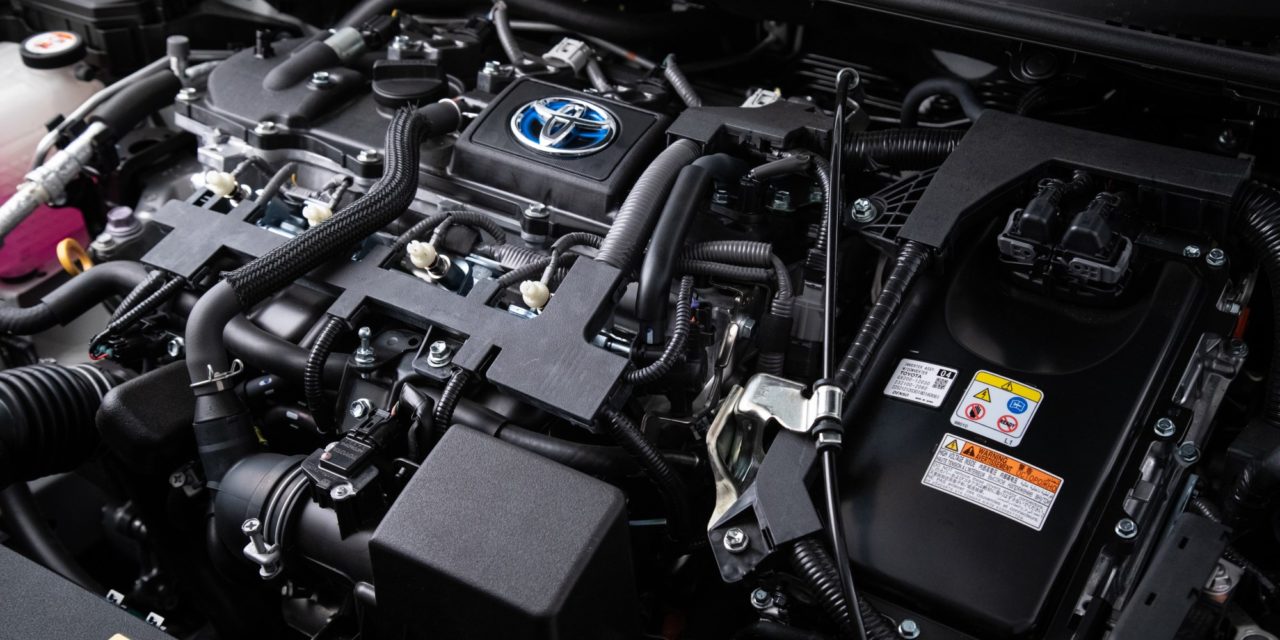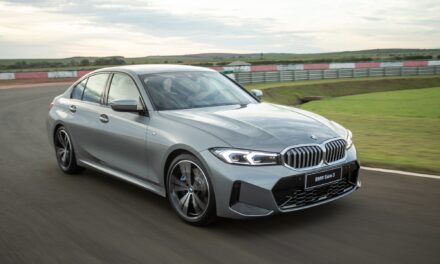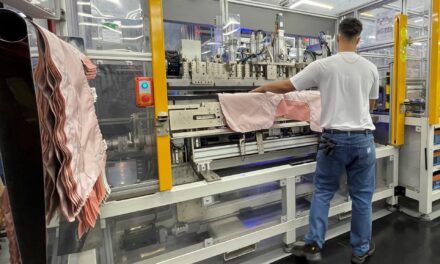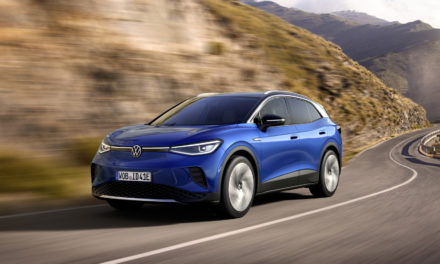By Pedro Kutney | Translated by Jorge Meditsch
Completed last September, the first of the three five-year cycles of Rota 2030, the program started in 2017 to orient the development of the automotive industry in the country with goals and tax incentives, it is noticeable the energy efficiency evolution and safety systems adoption in Brazilian cars.
But this evolution had high costs, increasing vehicles’ prices substantially and making its benefits accessible only to high-income consumers – to the less than 10% of the country’s population who can pay an average price over R$ 130 thousand to buy a brand new car.
Nonetheless, it’s important to reckon that the price increase was not originated exclusively from the mandatory technical evolution but from an ominous factors combination. The first was the lack of electronic components, essential for many of the new vehicle safety and control systems since the end of 2020, which caused production stoppages and a shortage of new cars in the market, providing manufacturers opportunities to charge high and get more profit.
The second factor is the currency rate, as many of the technical inclusions promoted in the vehicles come from abroad. To meet the consumption and safety goals, many imported systems were incorporated, costing dollars valued by the accelerated real devaluation – almost 30% in the last four years. The American currency went from R$ 3.86 at the beginning of 2019 to R$ 5.35 today.
To complete the vicious circle, the out-of-control inflation, over 10% a year, increased production costs, promoted price adjustments, increased interests and reduced the population’s purchase power. In the vehicle market, it was reduced even more by the consequent increase in financing rates, already reaching 30% a year for new car purchases.
Limited evolution
Considering this scenario, it is possible to say that all the evolution added to the cars over the last years brought few real benefits to society, as they arrived in a bad economical moment and therefore do not spread in a volume enough to make a relevant difference in emissions and accident reduction.
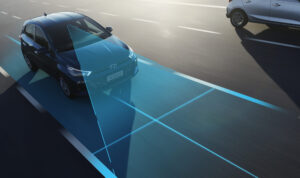
It is a pity, as the evolutions were important, especially in energy efficiency. From 2011 through 2017, with the Inovar-Auto goals, the average energy consumption of cars sold in Brazil had already reduced by almost 16% to 1.74 MJ/km, according to a Bright Consulting’s report, four percentual points over the 12% improvement objective.
For the first Rota 2030 five-year cycle, started in 2018, a new and more ambitious energy efficiency minimal improvement was established, 11% over what had been achieved with Inovar-Auto. The legislation imposed a fine for each sold car for manufacturers and importers not achieving the desired consumption reduction and a 1% IPI reduction for those overcoming the goal by 5.5% and 2% for those over 10.5%.
According to a new Bright’s report published this month by AutoData, the measurements completed last September showed that the manufacturers succeeded in achieving the minimal reduction demanded, but most of them just barely, and few could reach the goals to get IPI discounts.
Among the manufacturers that went over the minimum consumption improvement objectives, almost all sell premium imported vehicles and strongly bet on the increase of extremely expensive and inaccessible hybrid and electric models. Audi, FCA Fiat/Jeep, Jaguar Land Rover and Toyota got a 1% IPI discount. Two points of IPI reduction were achieved only by BMW, BYD, JAC, Porsche and Volvo, all importers with a wide electrified cars portfolio, and three selling only this kind of vehicle in Brazil.
The exception was Fiat, which has few electrified vehicles in its national portfolio but beat the goal with its economical 1.0 engine that, on average, benefitted efficiency, and the Jeep models that got the same benefits. Both brands had their cars audited as a single manufacturer – FCA – not considering the fusion with PSA forming the Stellantis Group yet.
Encouraging the most expensive
The greatest Rota 2030’s benefits were achieved by the more expensive cars, which use the most expensive technologies, such as pure electrics. So, on average, the population’s most rich layer receives incentives for the products it buys that, for their low volume, bring few benefits to society.
The technical evolutions that helped manufacturers to meet and overcome Rota 2030’s first-phase goals, especially turbo engines, direct injection and start-stop systems – now present respectively in 43%, 29% and 24% of the cars sold in the country – were adopted in top-of-the-line versions of the models, the most expensive.
The same happens with the modern active safety systems that, depending on the number of dispositives adopted, can take to a 1% IPI reduction for manufacturers that already achieved 1% for overcoming by 5.5% the energy efficiency goal.
According to Bright’s projection, more advanced systems, such as automatic emergency braking, will equip no more than 26% of the cars sold this year, while the lane-keeping assistant system should be in less than 16% of the vehicles sold in 2022.
Electronic stability control is the active safety system present in most cars sold this year, 83%, but it only happens because there is another law making it mandatory in new cars since 2020 and in all cars after 2024.
Inclusive evolution
Energy efficiency and safety technological evolutions are always welcome, but they should benefit a wider spectrum of society to make their advantages worthy.
As the new goals for Rota 2030’s second phase, from 2023 through 2027, are being discussed, the manufacturers are worried about not creating new costs with goals they say would be more strict than those imposed in Europe.
Companies and the government must discuss how to create a more inclusive and effective industrial development policy, which demands each side to open hand of margins with profit and taxes reduction.
But this is not all: it is also needed to encourage the national production of more modern vehicular systems, reducing the cost of imports and widening the use of these technologies and their benefits to all of society.
Pedro Kutney is a journalist specializing in economics, finances and the automotive industry. He signs the column Observatório Automotivo, specializes in the automotive sector, and works as editor of AutoData magazine. With over 35 years of profession, he was editor of the Automotive Business portal Automotive News Brasil and Agência AutoData. He was also Finance assistant editor at Valor Econômico and reporter and writer of magazines Automóvel & Requinte, Quatro Rodas and Náutica.
- Carros da China dominam México com ajuda da GM - 5 de maio de 2025
- Alta nas vendas desafia juro alto, por enquanto - 7 de abril de 2025
- Tesla vive inferno astral de Musk - 25 de março de 2025

